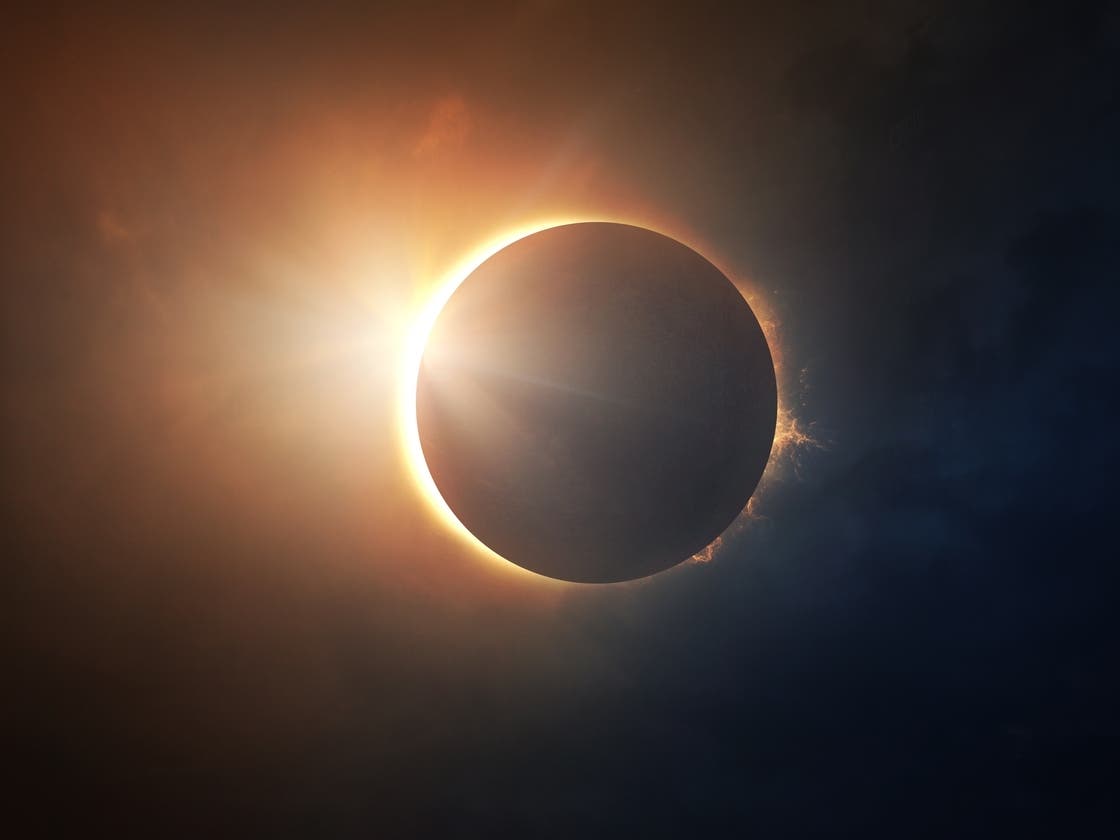Community Corner
Blood Moon Total Lunar Eclipse 2022: When To See It In Colorado
A 2022 Full Flower Super Blood Moon is coming up this weekend.

COLORADO — May's full flower moon will turn blood red during the first of two total lunar eclipses that will be visible to Coloradans this Sunday and Monday. It will also be, according to some scientists, a supermoon.
The visibility of this lunar event depends, of course, on the weather. The National Weather Service forecast says that the week ahead will be mostly clear. Sunday will be clear and sunny, which should make for optimal viewing conditions.
Not everyone will see all three stages of the eclipse. People living in the eastern half of the country and all of South America will see every stage of the lunar eclipse, according to NASA. People in other parts of the United States will see totality but will miss other phases.
Find out what's happening in Across Coloradowith free, real-time updates from Patch.
Here’s what to expect in Colorado:
Moonrise is around 8 p.m. MST in the East-southeast. It’s worth taking a look because, 1) rising full moons are pretty and 2) some celestial experts call it a supermoon (a bit more about that later).
Find out what's happening in Across Coloradowith free, real-time updates from Patch.
The partial eclipse starts at 8:27 p.m. MST. The face of the moon will get gradually darker until totality peaks at 9:29 p.m. Sunday. Totality will last about 1 hour and 25 minutes, and the eclipse is over at 11:55 p.m. The moon will continue to shine until dawn, setting early Monday morning.
Lunar eclipses only happen during a full moon, when the moon is opposite the sun in its orbit of Earth. In a total lunar eclipse, the sun fully illuminates the face of the moon. During an eclipse, the entire moon enters the darkest part of Earth’s shadow.
In a penumbral eclipse, the moon passes through the outer part of Earth’s shadow, only slightly dimming the surface of the moon. In a partial eclipse, the moon enters Earth’s darkest shadow, the umbra, causing some of the moon to darken significantly.
“Blood moon” is a descriptive rather than technical astronomical term, though The Old Farmer’s Almanac says the phrase is “hyped” and that a fully eclipsed moon is orange, or copper-colored like a penny, but not blood red. The moon’s color at totality can also vary depending upon the amount of dust, volcanic ash or other particulate matter in the atmosphere, and because of cloud cover, according to Space.com.
Weather permitting, the lunar eclipse is worth staying up late to watch, even if it isn’t a supermoon.
"Supermoon" isn’t an astronomical term either, but rather one coined by astrologer Richard Nolle, who calls a full or new moon a supermoon when it is at 90 percent of its closest point, or perigee, to Earth. Under Nolle’s definition, four full moons meet supermoon criteria: a new or “stealth” moon on Jan. 14, full moons on June 14 and July 13, and a new moon on Dec. 23.
However, Fred Espenak, a retired NASA astrophysicist who worked at the Goddard Space Flight Center, uses slightly different criteria. He says the May flower moon is the first of four supermoons in 2022. He also counts the June 14 and July 13 full moons as supermoons. Unlike Nolle, Espenak says the Aug. 12 full moon will be a supermoon (bad news for Perseids meteor shower fans, because the supermoon and the peak of the summertime favorite coincide).
Either way, a supermoon isn’t bigger, and it doesn’t even look that much bigger in the sky when compared to a normal full moon. While it can look larger when it’s close to the horizon, that’s due to “the circuitry in your brain,” according to Universe Today which explained “it’s an optical illusion … so well known that it has its own name: Moon illusion.”
Although most often called the full flower moon, the May full moon is also known as the corn planting moon and the milk moon in the United States. In Asia, it is known as the Vesak Festival Moon because it corresponds with Buddha Jayanti or Buddha Purnima, a Buddhist holiday that marks the birth, enlightenment and death of Gautama Buddha.
The actual date of the Vesak festival depends on the calendar used in different countries and regions, but generally falls on or near the day of the May full moon.
If you miss the eclipse this month, the second 2022 total lunar eclipse on Nov. 8 will be visible across the Americas, Oceania and Asia.
Get more local news delivered straight to your inbox. Sign up for free Patch newsletters and alerts.